War History online presents this Guest Piece from Jim Burrowes
After a lengthy trek through the jungle from the south coast of New Britain, I duly arrived in November 1944 at the established base camp in the Baining Mountains of the Gazelle Peninsula overlooking Rabaul.
Our small Coastwatcher party comprised Captain Malcolm English, Lieutenant Joe Willis and myself (sergeant), with ten Allied Intelligence Bureau-trained and armed Papuan troops. However, as we all experienced the same risk of capture and being killed, we operated on a first-name basis with the officers ‘incognito’.
Our purpose was to observe and report Japanese movements whether by land, sea or air.
Thus I spent ten months in a Japanese-occupied territory as a radio signaller with a small wireless set: a combination that was critical to the success of the Coastwatchers. As noted by founder Commander Eric Feldt in his book The Coast Watchers, without the signallers the Coastwatchers would have been ‘mute’ and therefore inoperative.
The camp had been set up on a mountain ridge to avoid any unpleasant surprise from Japanese troops. At each end of the camp, two or three of our faithful troops would be on sentry duty to provide warning of any attack.
We had a thatched shelter, built by the Papuans, in which we lived and stored our gear.
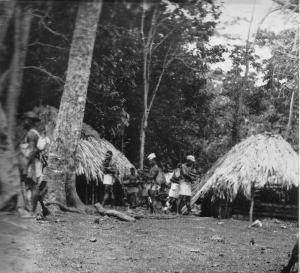
We slept in our clothes, with our weapons handy, in the thatched huts. Our beds were made of crossed boughs tied with vines to shafts along the sides and covered by a canvas sleeve.
On waking in the morning at dawn, we would each undertake our morning routine of ablutions including a bit of a wash or shave, and latrine: urinating through a bamboo stalk down the mountainside or squatting over a hole straddled by tree boughs. By necessity, in tropical conditions, this all had to be reasonably hygenic as infection of any kind was to be avoided if at all possible.
The first of our two meals for the day was breakfast. It consisted of rice and perhaps some canned vegetable, which explains why I have a lifelong aversion to asparagus (of which we received so much!) We had no milk, but we boiled some tea.
Following breakfast, we had an informal report from the Papuans about the security situation from overnight and their Lee-Enfield armoury. The officers had Australian weaponry but I had a Colt 45 handgun and a 15 semi-automatic (30) U.S. carbine which I had been issued by the US Amphibious Landing Force.
Because my primary function was to communicate with headquarters in Port Moresby or with other Coastwatching parties, it was my job to ensure that the radio aerial was functional. This required one of our Papuan colleagues to ‘run’ up a coconut tree – using vines lassoed around his feet so that he could grip the tree trunk and climb up – and ‘string’ a wire about 50 metres long between two trees. A secondary wire was attached to the centre of this aerial and run down and connected into my radio set: a RAAF unit ATR4A manufactured by Radio Corporation in South Melbourne, Victoria.
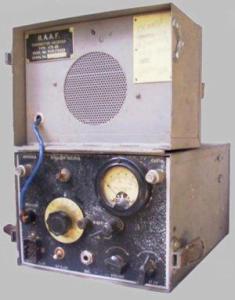
The daily schedule (‘sched’) for routine communications was twice a day, usually at the same times. Using the code name of our Coastwatching party (6HT, that is, – dah di di di di / di di di di / dah – in Morse Code) I would signal VIV (headquarters at Port Moresby) and other Coastwatching parties to send and receive any daily intelligence.
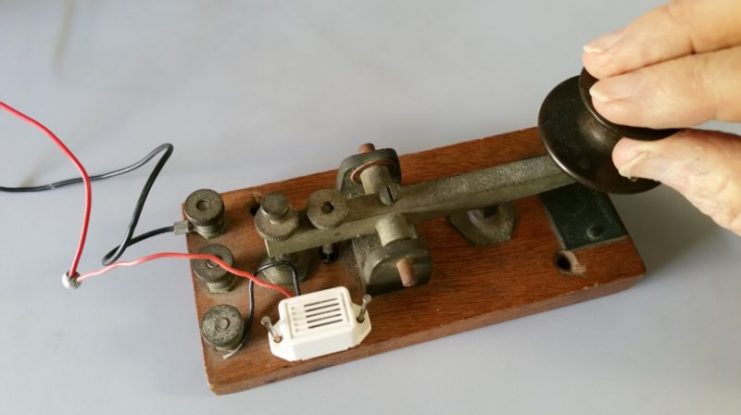
I had a scare one day when the radio wouldn’t function. I took the unit out of its metal case, switched it on and turned it upside down for the sun to warm it up, but was aghast to see a myriad of tiny coloured tubes and valves etc. I then realised that in all the instructions we’d received for sending Morse Code, we had never been taught the technical issues to make the unit operate! However, amazingly I had a brown paper lunch bag of spare parts, so I started to ‘short’ out like-coloured condensers and resisters, and suddenly struck a signal so (phew!) I was now back ‘online’ as we might say today. From that day to this, I cannot remember how I substituted the damaged part, as I certainly had no soldering iron or other radio repair equipment.
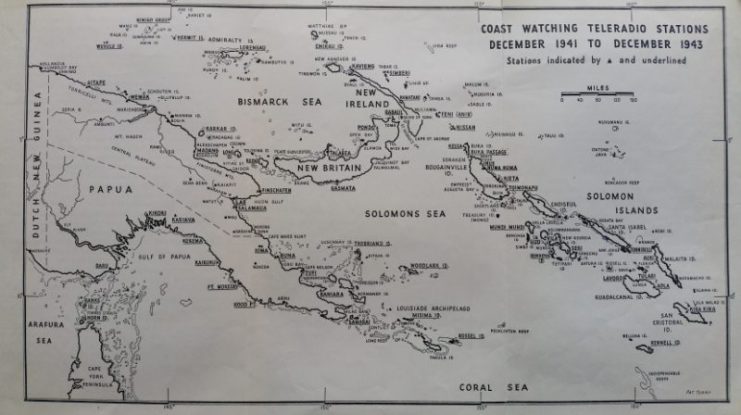
We would go on patrol, particularly checking the Japanese airstrip at Rabaul to monitor aircraft movements.
As an aside, it transpired that English, Willis and I were the only white men to view Japanese-occupied Rabaul from land.
I spent part of each day coding messages to send and decoding messages received. We originally used the Playfair Royal Naval Code in groups of five letters, e.g. BXCJL, to despatch on the ‘scheds’ and, where appropriate, to other Coastwatchers. Later, we were issued a more sophisticated code. In the event of any time urgent messages, all Coastwatchers were allowed to send in PL (plain language).
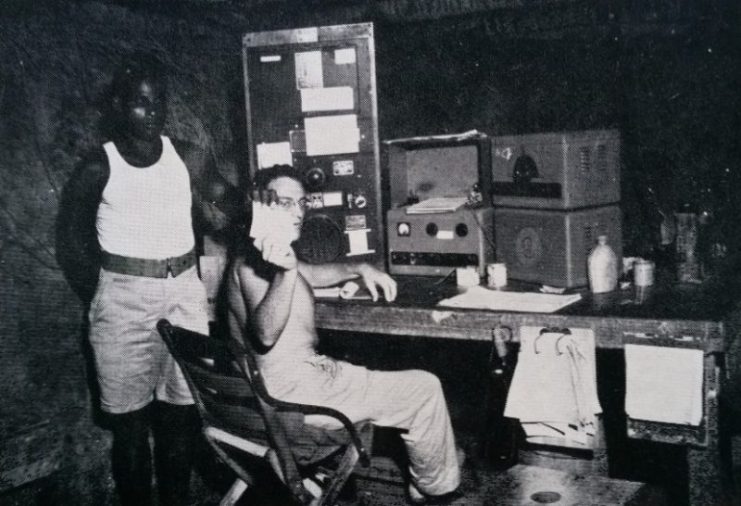
One of the interesting aspects about sending and receiving Morse Code is that despite the fact that the code is a series of dots and dashes – spoken as ‘di’ and ‘dah’ respectively – I could identify the style of each sender easily. Each Morse Code has its ‘clipped’ rythmn or its ‘drawling’ speech and all of the variations in between. It is remarkable how different the same series of dots and dashes can sound! Similarly I know that the AWA operators in Moresby could also identify my individual ‘style’!
Given our location on a ridge for security purposes, there were no rivers nearby. Hence, our water was mainly obtained by the Papuans collecting rainwater (of which there was plenty!) into ground-sheets for container storage.
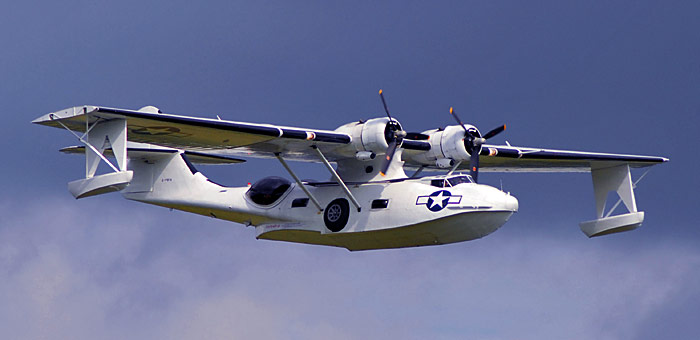
We obtained our food and supplies by having them flown in by a Catalina or Liberator and dropped in ‘storepedos’ – a food-storage ‘torpedo’ – that was parachuted into a ‘drop zone’ we had nominated, using hessian parachutes to camouflage white colours. Sometimes cloud cover would prevent a drop on a particular day. About 90% of the food drop was rice for our native troops.
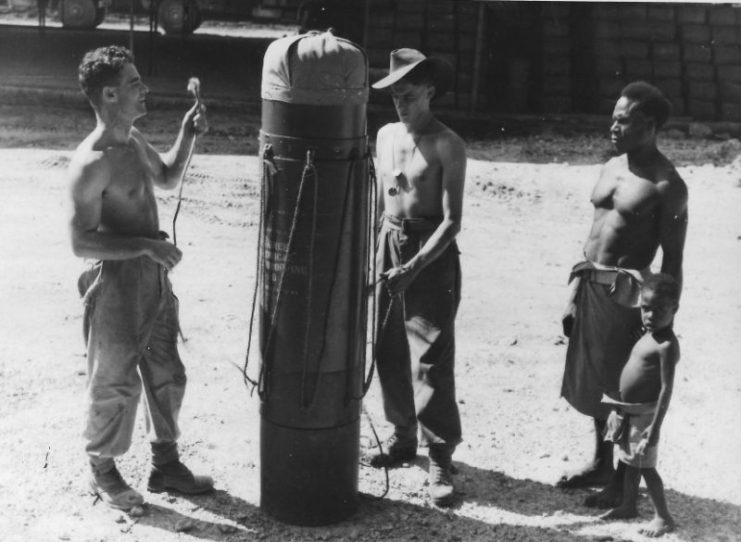
It is a minor miracle that the Japanese never observed one of these drops and used it to attempt to capture and kill our coastwatching party, despite the fact that we were in this enemy-held area for ten months. There were 100,000 Japanese troops in Rabaul who, it seemed to us at times, were lazy and not moving around outside the Rabaul perimeter as much as they might. On the other hand, the terrain on these islands is often ridge after ridge after ridge into the distance so it would not have been easy to pin-point us. It was also somewhat puzzling (but relieving!) that they never seemed to use any radio directional equipment to locate our transmissions!
After returning to our camp from the observation point over Rabaul, we would complete our assigned tasks – in my case, signalling the latest intelligence – and have our second meal of the day: more rice!
At night we had a couple of small battery-powered globes for some light, and with two years up there over two Christmases, I might have been heard singing the old Bing Crosby favourite ‘I’m dreaming of a white mistress’!
We also attended to any health issues, with occasional native escapees from the Japanese in Rabaul sometimes suffering with ‘yaws’ – ulcerated sores – which we treated before sending them on down to the southern coast. We all routinely took an anti-malarial medicine, in our case Quinine as distinct from the usual Atebrin which turns the body a yellow colour. While many suffered from malaria, including after their return to Australia, I was lucky to escape it.
Another role of Coastwatchers, but not one that our particular party ever performed, was to recover pilots and crew from allied aircraft that had been shot down, and to organise their safe repatriation to allied lines by submarine.
When the war ended on 15 August 1945 I sought permission to walk into Rabaul in the vain hope one of my brothers would be a prisoner to be released. The permission was denied as the Japanese might still be at war. In any case, my brothers had already been KIA and I would never see them again.
With the war ended, we abandoned our campsite and trekked down to join our fellow coastwatchers at the base camp at Tol, from where we sailed back to our Lae camp, which I was commissioned to close.
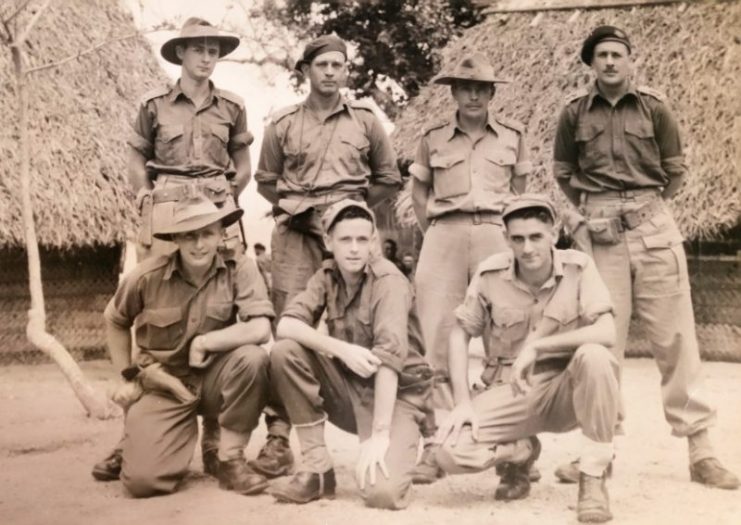
From there, five of us sailed round the Huon Gulf to Finchafen, where we joined thousands of troops in tents camped near the air-strip, awaiting transport back to Australia.
We were told by a Sergeant in charge that we would be weeks or months in queue but he was somewhat dumbfounded to observe a beautiful B24 Liberator touch down at 11am and take the five of us onboard to fly us back to Brisbane. The Coastwatchers had indeed enjoyed priority service for all transport during the four years of the Pacific War.
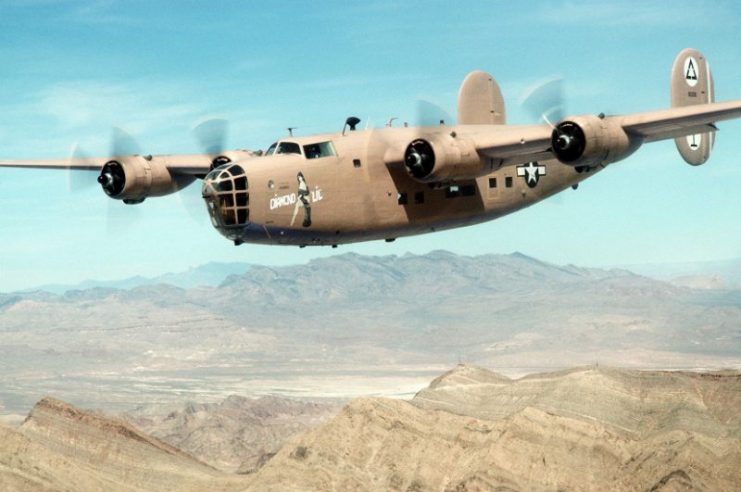
After 2½ years, I left the islands having fulfilled my mission: to remain out of sight and to report. Hence, I had never seen a Japanese soldier at close range as our mandate was to steer clear of them to carry out our responsibility to report their movements. Unfortunately, given the difficulty of even this task in some contexts, not every Coastwatcher was able to avoid the Japanese completely, which is why, tragically, some were captured and killed.
All photos provided by the author.
